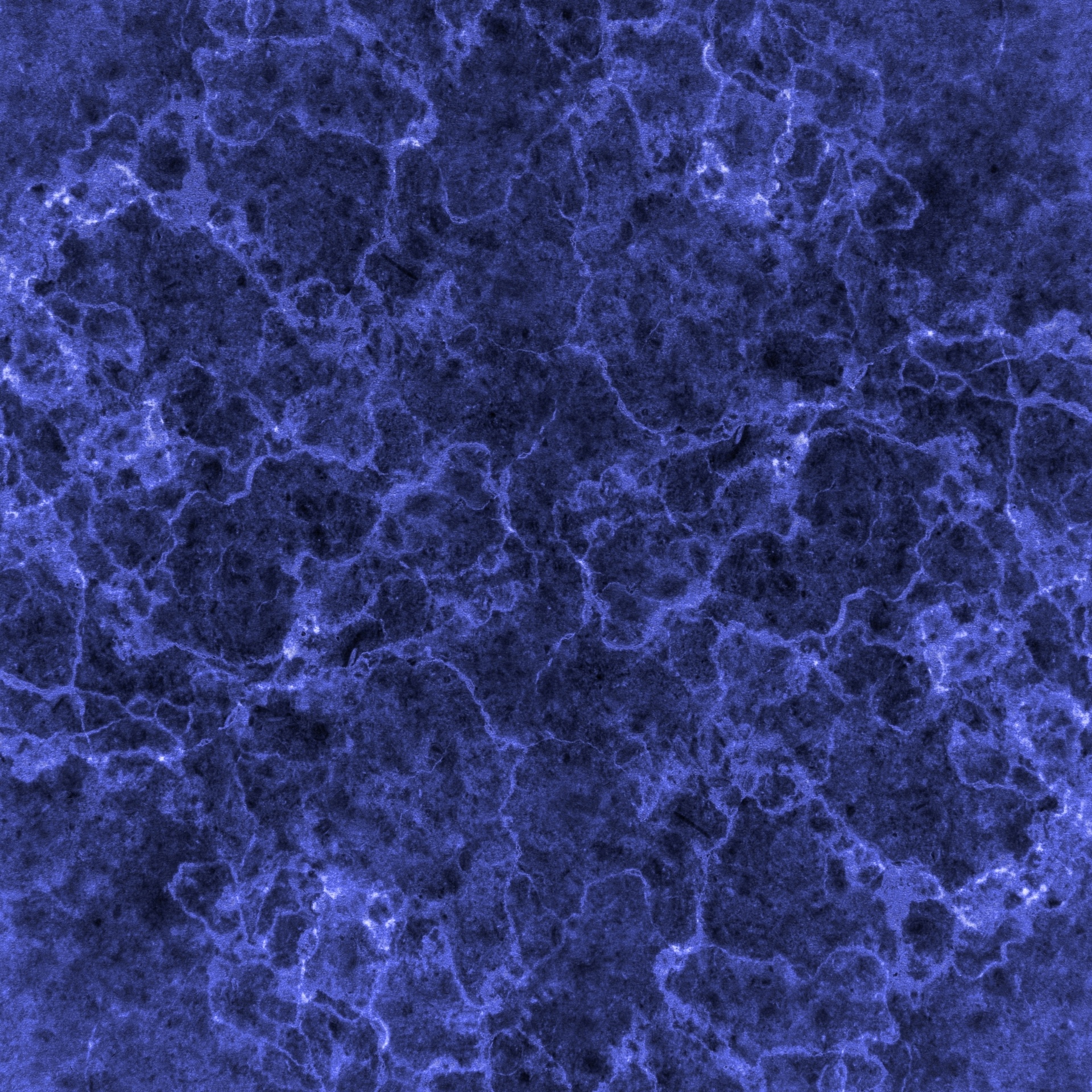Dark matter, the “glue” that holds our Universe bound, remains a mystery. A key question to understand its nature is whether dark matter particles can interact with each other in more ways than only through gravity. Using X-ray data of galaxy clusters, scientists revealed whether self-interacting dark matter could be the answer to one of the unsolved problems in cosmology.
Views 3842
Reading time 3 min
published on May 10, 2023
The nature of dark matter, the invisible matter that holds galaxies together, still evades scientists almost a century after first inferring its existence. Since we cannot observe dark matter directly, like we can detect a star through the light it emits, astrophysicists study how its gravity affects ordinary matter, e.g. stars and galaxies. As a result, we’ve come to know that dark matter comprises more than 80% of all matter in the Universe and is responsible for how galaxies have formed. Multiple types of dark matter particles have been proposed as the answer to various cosmological problems that the currently accepted model, cold dark matter (CDM), cannot explain.
According to the CDM paradigm, dark matter particles interact with each other only gravitationally and thus do not collide. Theoretically, the distribution of dark matter in this case is expected to be universal in any galaxy, so data that imply otherwise can be a key to better understand its nature. An important and still unsolved cosmological problem, known as the “core-cusp” problem, arises from cosmological simulations using CDM predicting different dark matter density profiles in dwarf galaxies than the ones astrophysicists derive from observations. While the simulations produce distributions where the density sharply increases at the center of the galaxies (“cusps”), observations of dwarf galaxies show constant central distributions (“cores”).
An alternative dark matter model gathering attention as a solution to the core-cusp problem is self-interacting dark matter (SIDM). This model suggests that the particles do not exclusively interact through gravity but through more forces, similar to how an electron can interact with other charged particles through the electromagnetic force. In this case, collisions between the particles would transfer heat in denser regions, thus distributing the mass uniformly and creating a constant density at the center as observed.
In order to determine the probability of dark matter interacting with itself, astrophysicists studied 12 galaxy clusters in the
X-COP project which uses observations in the X-rays from the space observatory
XMM-Newton. Galaxy clusters are the most massive structures in the Universe comprised of hundreds of galaxies and trillions of stars gravitationally bound by the highest amounts of dark matter. The hot gas contained in them emits brightly in the X-rays, thus its temperature and density can be measured. These measurements combined with its pressure profile allowed the researchers to reconstruct the distribution of mass in the clusters. As we know the percentage that dark matter contributes to the total mass of the clusters, the researchers were further able to obtain the distribution of dark matter itself.
Next, they compared their results to cosmological simulations of galaxy clusters formed with CDM and SIDM to investigate how dark matter distribution depends on self-interaction. Specifically, they explored how the shape of the distribution depends on the SIDM cross-section, a commonly used measure of the probability that a collision between a certain kind of particle and another will happen. In doing so, they derived one of the most precise constraints on the SIDM cross-section to date. According to this constraint, the SIDM cross-section is much smaller, i.e. there are too few (if any) self-interactions, than what is required from theoretical studies to satisfy the core-cusp problem. Does this mean that dark matter cannot interact with itself? No, SIDM may still exist and may even be the solution if found that the cross-section is not constant but instead depends on the collision velocity of the particles. Future studies can take advantage of the method described above to test for the dependence on velocity in different-sized systems, e.g. individual galaxies.
Even though the species and properties of dark matter remain a mystery for now, astrophysicists are looking forward to observational data from soon-to-be-launched space telescopes (e.g.
Euclid) that will be capable of detecting thousands of galaxy clusters. By collecting such amount of data, we will have many opportunities to test possible dark matter models with high precision and come a bit closer to discovering what makes up our Universe.
Original Article:
Eckert, D., Ettori, S., Robertson, A., Massey, R., Pointecouteau, E., Harvey, D., & McCarthy, I. G. (2022). Constraints on dark matter self-interaction from the internal density profiles of X-COP galaxy clusters. Astronomy & Astrophysics, 666, A41. https://doi.org/10.1051/0004-6361/202243205
 Earth & Space
Earth & Space



